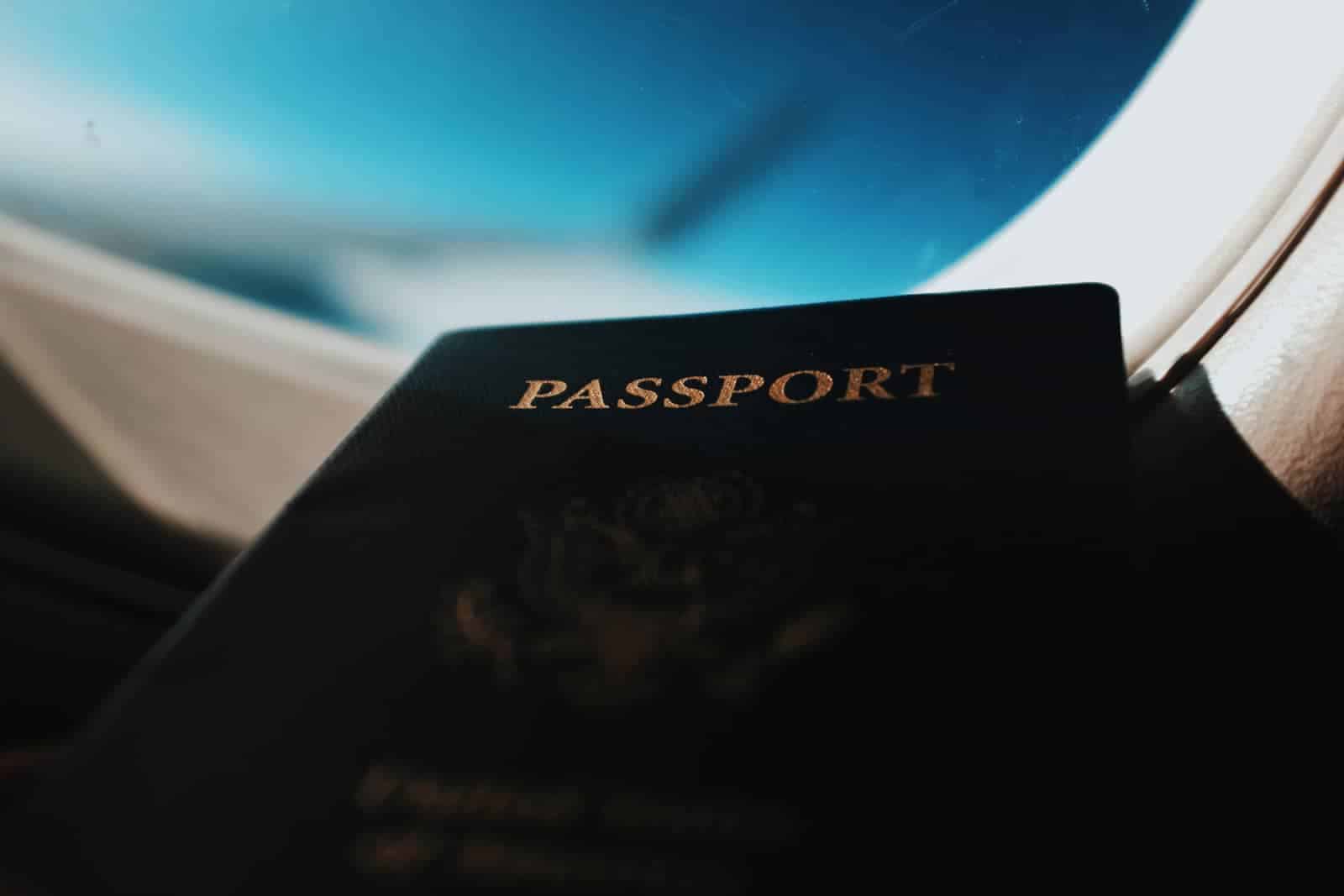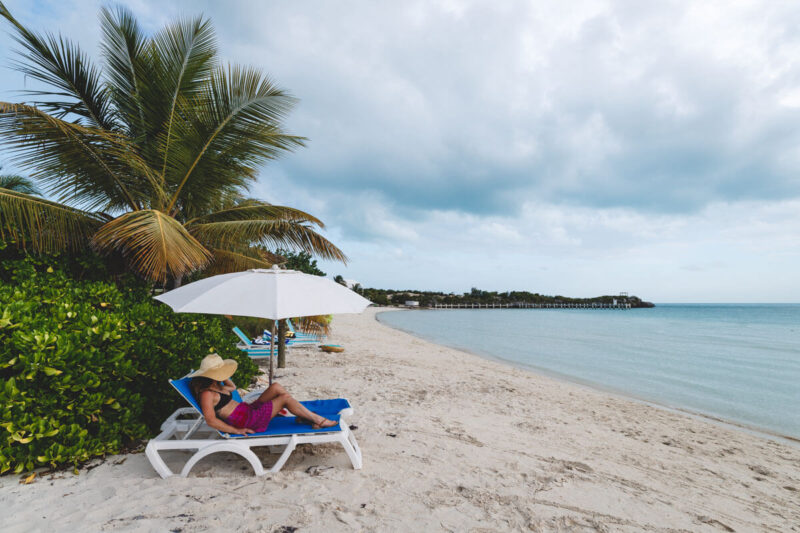17 MUST-KNOW Tips for Turks and Caicos
Having the right tips for Turks and Caicos in your back pocket can make all the difference.
From knowing the best times to visit to insider advice on saving money and packing essentials, this guide has everything you need for a smooth and unforgettable trip!
Table of Contents
- 1. Which Islands in Turks and Caicos?
- 2. Best Months to Visit
- 3. Entry and Exit Requirements
- 4. Getting Around Turks and Caicos
- 5. Safety
- 6. No Private Beaches
- 7. How to Save Money in Turks and Caicos
- 8. What to Eat
- 9. No Alcohol Sales on Sunday
- 10. What to Pack
- 11. Tipping and Taxes
- 12. Language and Currency
- 13. Booking Ahead of Time
- 14. Connectivity and Internet
- 15. Eco-Friendly Practices
- 16. Best Beaches for Families vs. Adventure
- 17. Island Time Mentality
- More Turks and Caicos
1. Which Islands in Turks and Caicos?

Knowing which island you want will help make your stay in Turks and Caicos a lot easier. If you’re coming in by plane, you’ll land at Providenciales, which is also the most developed for tourism.
North Caicos and Middle Caicos are known as the Garden Islands and are connected by a causeway.
Grand Turk was previously the hub of activity but now serves as the only cruise ship port. Salt Cay and South Caicos are sparsely populated but worth considering if you want to escape the crowds.
2. Best Months to Visit

Turks and Caicos is blessed with excellent weather all year round, but April and May are the best months to visit.
This is off-peak so prices will be better, and you’ll be avoiding peak tourist season (Dec-Jan) and hurricane season (Jul-Oct). Avoid flying on a weekend if you can, as long queues develop at the tiny airport.
3. Entry and Exit Requirements

U.S., U.K., Canadian, and European passport holders do not need a visa to enter Turks and Caicos for stays up to 90 days.
You’ll need to show a return ticket and a passport with at least six months of validity from your return date.
GET THE ULTIMATE TURKS AND CAICOS MAP
Get my curated list of the best things to do, and places to eat loaded onto your maps with just two clicks!
+ A FREE ITINERARY!


4. Getting Around Turks and Caicos

Be aware that there is no public transport on the islands, so you’ll need to rent a car or take taxis, which can be expensive.
Cars drive on the left here, and you’ll also need to be well-versed with roundabouts, as there are no traffic lights. If you’re staying in Grace Bay, Leeward, or on Grand Turk, there are golf carts for rent.
5. Safety

Turks and Caicos is one of the safest places to visit in the Caribbean.
Theft is the most common crime but still a rare occurrence, mainly if you stay in a resort or hotel. One thing to be aware of is speeding boats – so try to stay close to shore when swimming.
6. No Private Beaches

All of the beaches on Turks and Caicos are open to the public and free.
Parking is also accessible across most of the country, but you might not always be able to get a spot at busier beaches.
7. How to Save Money in Turks and Caicos

There’s no way around it, this is an expensive place to visit, but there are a few ways to save on costs.
- Flights and tours will be cheaper in the off-season (but be aware that some restaurants close for hurricane season).
- Renting a car will be much cheaper than getting taxis. The next cheapest would be to just book a tour, taxis are crazy!
- Groceries prices are astronomical, but you can bring food and alcohol into the country.
- Shop where the locals do and cook some of your meals at the hotel if you’re on a budget. Sunny’s and IGA Graceway are the grocery stores to go to, but you’d need a car. The Graceway Gourmet is the most conveniently located but will be more expensive.
8. What to Eat

Fresh seafood is the one thing not to be missed in Turks and Caicos.
Conch and lobster are the staples, though they’re only available from Oct-Jul and Aug-Mar, respectively.
Other local specialties include peas n’ rice, jerk, and rum punch!
9. No Alcohol Sales on Sunday

If you want to drink at your hotel room, you’ll need to stock up ahead of time. Otherwise, you can still enjoy a drink at a bar or restaurant.
Unlock FREE Flights and Hotels!
Credit cards aren’t just for spending—they’re your ticket to epic travel rewards!
By using the right card for your everyday purchases, you could earn points for free flights, hotel stays, and more. No tricks, just smarter travel. Ready to see how?
10. What to Pack

You won’t need much beyond your beach gear, but there are a few extra things to bring to avoid paying the high prices on the islands or missing out on essentials.
- Cash – ATMs are scarce, so pack some bills or withdraw at the airport on arrival.
- Plenty of sunscreen—reef-safe varieties are highly recommended to protect the delicate marine ecosystems.
- Mosquito repellent for after dark, especially on the less-developed islands like North and Middle Caicos.
- Snorkeling gear – Renting is possible but can be very expensive.
- A dry bag for protecting valuables when kayaking, snorkeling, or boating.
- A lightweight beach towel or blanket for lounging on the sand.
- Reusable water bottles and straws to reduce single-use plastic waste.
- Comfortable shoes or sandals for exploring rocky shorelines or trails.
11. Tipping and Taxes

The rules here are the same as in the US, with about 15-20% tipping as standard.
What can be confusing is that some bars and restaurants will automatically add a 10% service charge to the total, so check before you calculate your final tip.
Also, taxes aren’t always included in menu prices, so be prepared for your bill to be higher than expected.
12. Language and Currency

As a British Overseas Territory, everyone in Turks and Caicos speaks English (and is SO nice!). However, the currency is in US dollars, which makes it easy for Americans.
13. Booking Ahead of Time

Part of a relaxing beach holiday does not have too many plans, but just remember these islands are heavily touristed.
If you want to take a particular tour, booking ahead is best to avoid disappointment. Even things like kayak rental are best checked in advance.
We nearly missed out on kayaking to Iguana Island because we didn’t before ahead of time.
14. Connectivity and Internet

Wi-Fi is available at most resorts and hotels but can be slower than what you’re used to. If you need reliable internet and want data while you’re on the go, consider purchasing a local SIM card or an eSIM.
At the least, call your current company and get pricing before assuming you’ll have service on your regular plan!
An eSIM is the easiest answer, check prices here.
15. Eco-Friendly Practices

Help preserve the natural beauty of Turks and Caicos by practicing eco-friendly habits. Avoid single-use plastics, pick up your trash, and respect marine life by not feeding or touching animals.
If you’re visiting protected areas like Chalk Sound or Smith’s Reef, follow all posted guidelines to minimize your impact.
GET THE ULTIMATE TURKS AND CAICOS MAP
Get my curated list of the best things to do, and places to eat loaded onto your maps with just two clicks!
+ A FREE ITINERARY!


16. Best Beaches for Families vs. Adventure

Turks and Caicos offers a beach for every type of traveler. Families will love Sapodilla Bay and Taylor Bay for their shallow, calm waters, which are perfect for kids.
If you’re seeking adventure, Long Bay Beach is a mecca for kiteboarders, and Grace Bay offers a mix of water sports and lively vibes.
Read more about the best beaches in Turks and Caicos and what to do there!
17. Island Time Mentality

Life moves slower on the islands, so be prepared for a relaxed pace. Restaurants, tours, and services may run on “island time,” which means you might wait a little longer than usual.
Embrace the laid-back vibe and plan your days with flexibility in mind. You’re on vacation!
More Turks and Caicos

Read More About Turks and Caicos:
- 17 BEST Things To Do in Turks and Caicos
- 15 Best Beaches in Turks and Caicos
- 15 EPIC Things to Do in Providenciales, Turks and Caicos
- 7 BEST Things to Do in Middle and North Caicos
- Clear Kayaking to Iguana Island in Turks and Caicos
- Snorkeling Smith’s Reef in Turks and Caicos: READ FIRST!
- Where to Stay in Turks and Caicos: 13 Resorts and Hotels
- 17 MUST-KNOW Tips for Turks and Caicos
- Turks and Caicos Map
I hope my list of Turks and Caicos tips helps you better plan your trip!

